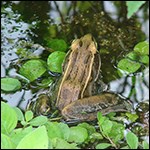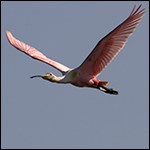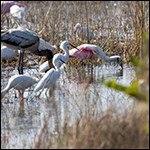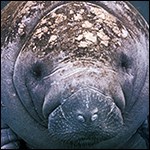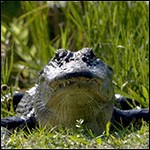|
Suggestions for Viewing Wildlife 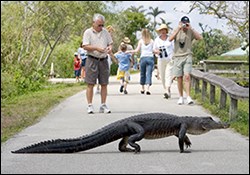
NPS photo The winter dry season is the best time for wildlife viewing in the park. Weather conditions are generally pleasant during the winter and standing water levels are low, causing wildlife to congregate at central water locations. Shark Valley, the Anhinga Trail (at Royal Palm), and Eco Pond (one mile past the Flamingo Visitor Center) are good for viewing alligators, wading birds, and other freshwater wildlife. Canoeists can paddle into Snake Bight (near Flamingo) and Chokoloskee Bay (Gulf Coast) before low tide to witness large numbers of water birds feeding in the shallows and on mud flats. A productive freshwater canoeing area is Nine Mile Pond and adjacent borrow pits (11 miles, or 18 km, up the road from Flamingo). Wildlife Viewing Ethics Observing wild animals in their natural environment is a privilege. It is your responsibility to keep wildlife wild by being respectful of the animals and their habitat.
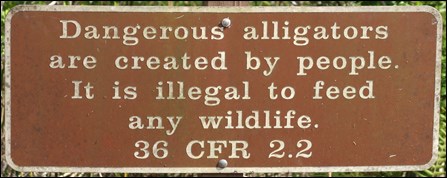
NPS photo Park Wildlife Follow the links below to learn more about the different forms of wildlife that make their home in Everglades National Park. 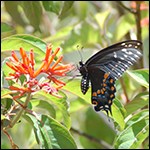
NPS photo Insects, Spiders, Centipedes, & Millipedes Learn about some of the smaller species of wildlife that inhabit the park. 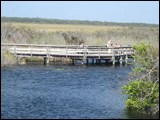
NPS photo Can't visit the park in person but would still like to view some Everglades wildlife? View images from the Anhinga Trail webcam, which overlooks one of the most popular visitor areas in the park. |
Last updated: October 13, 2017








